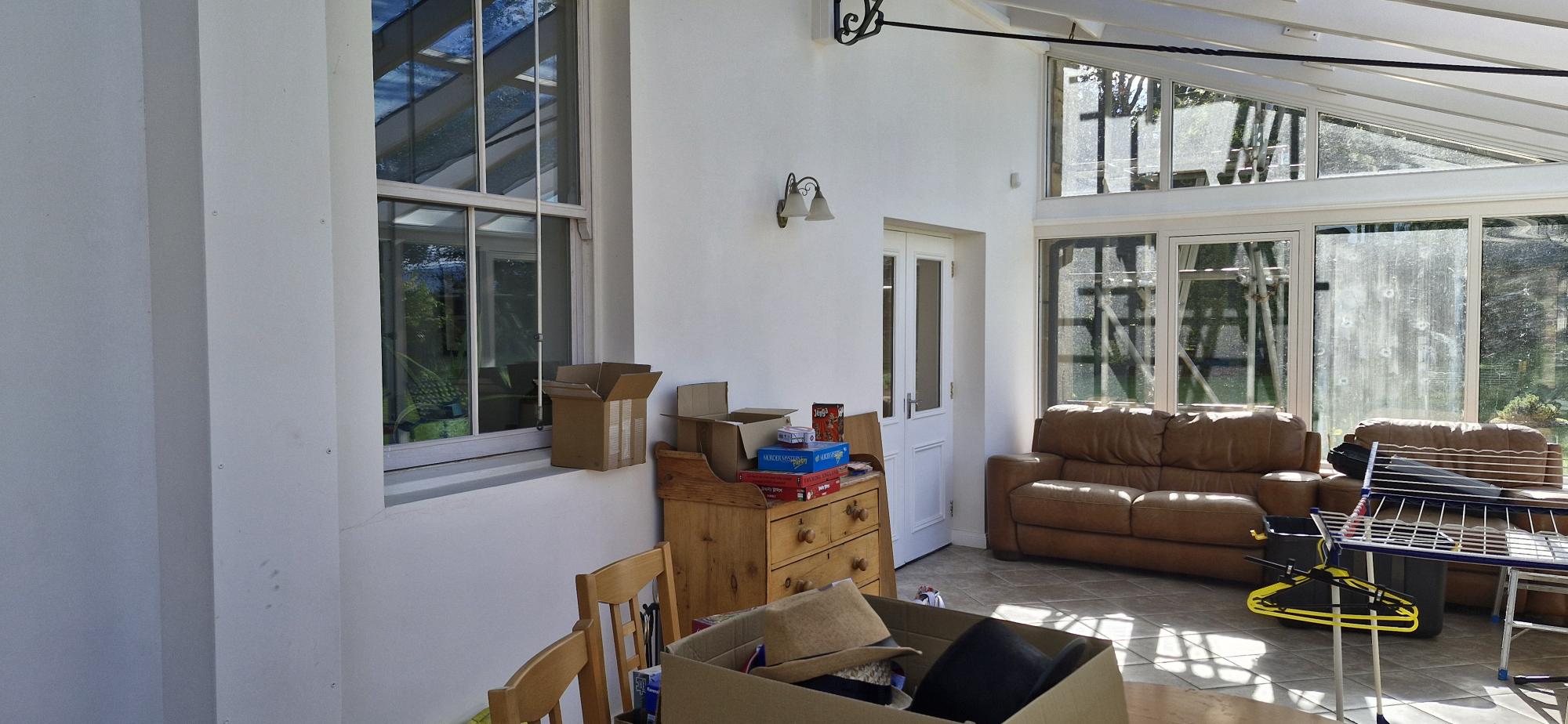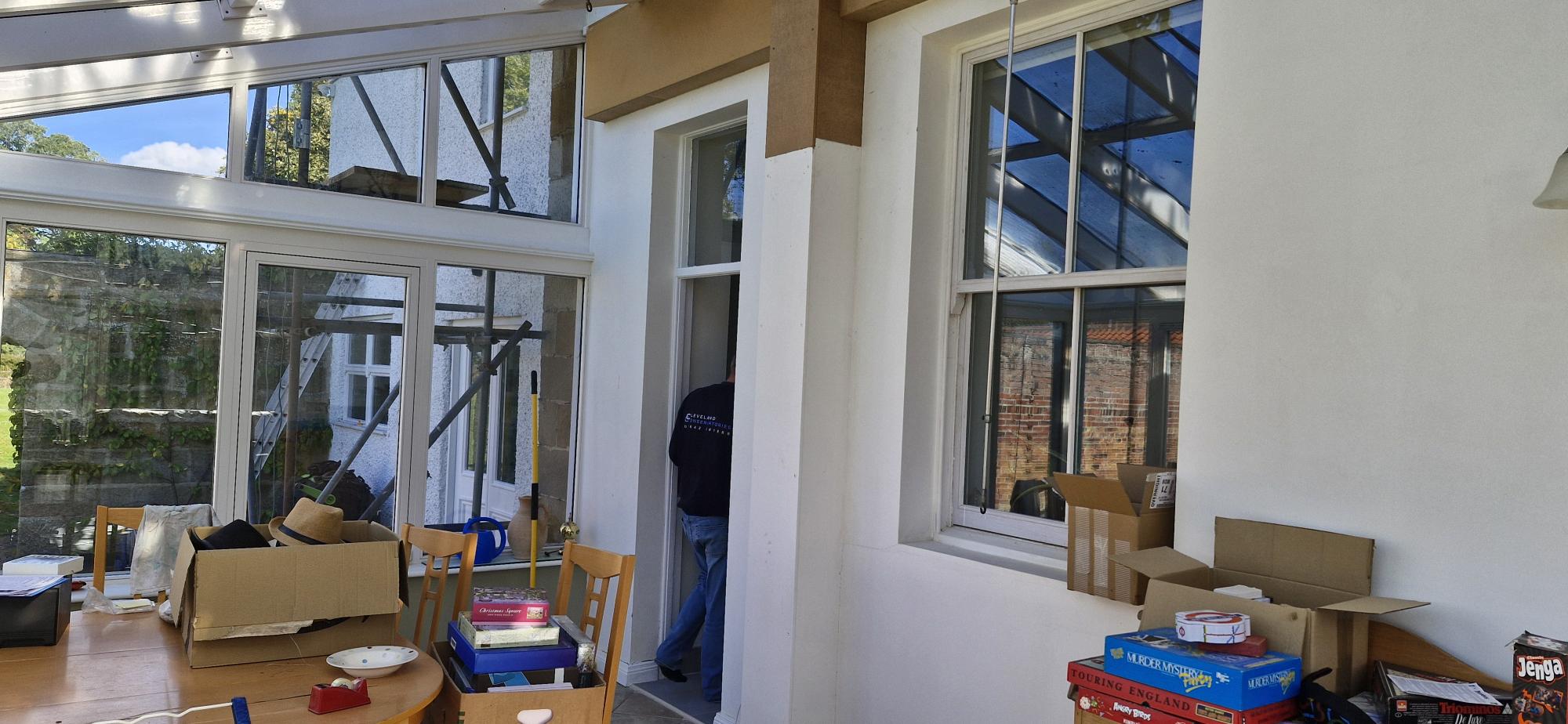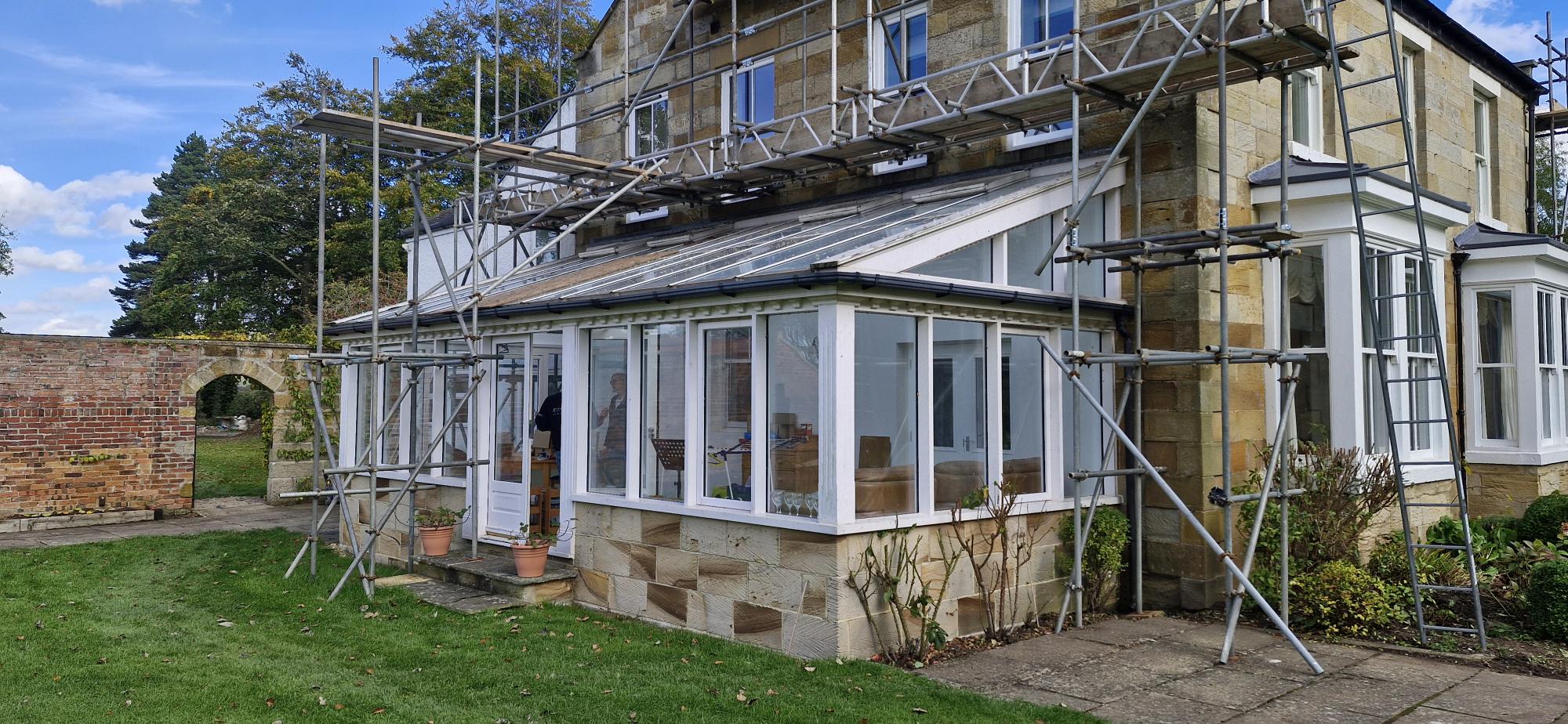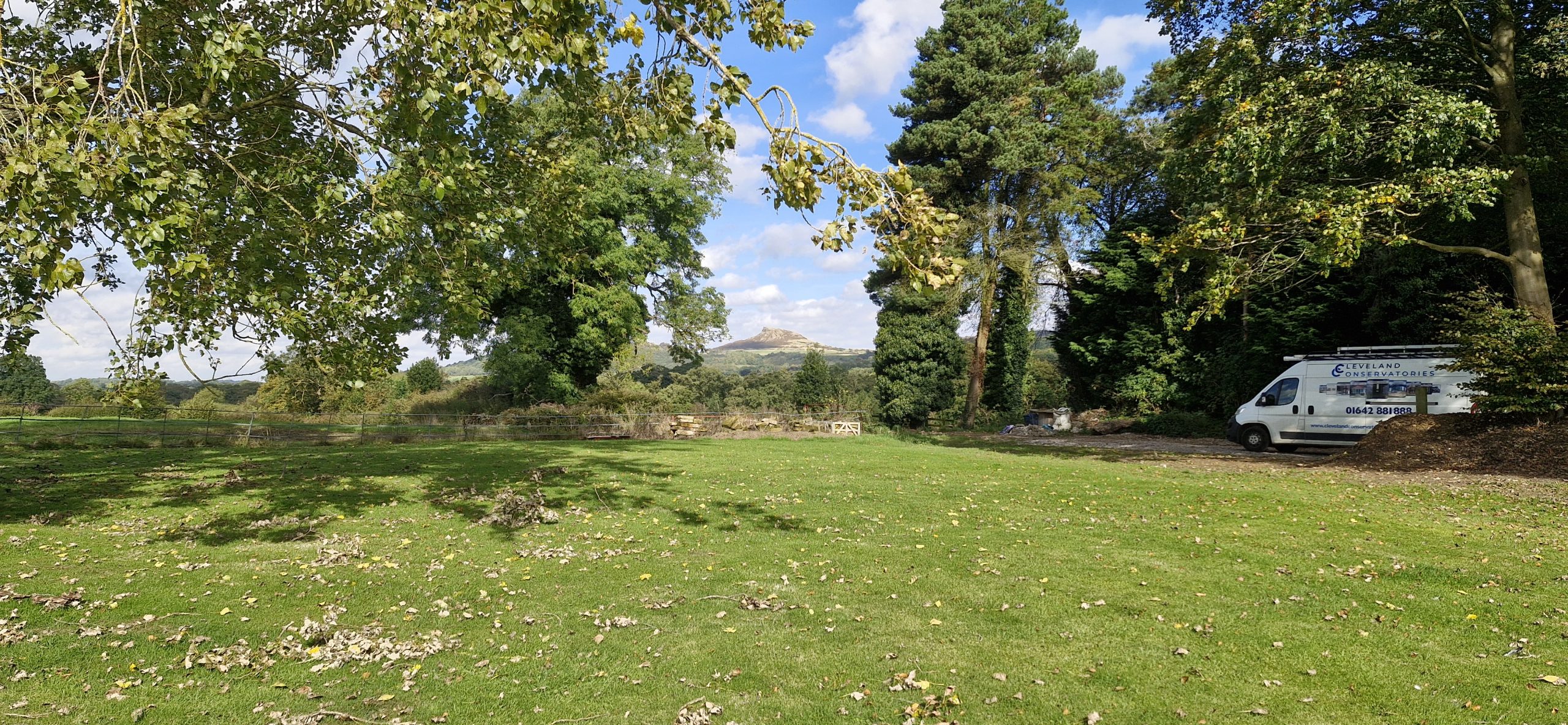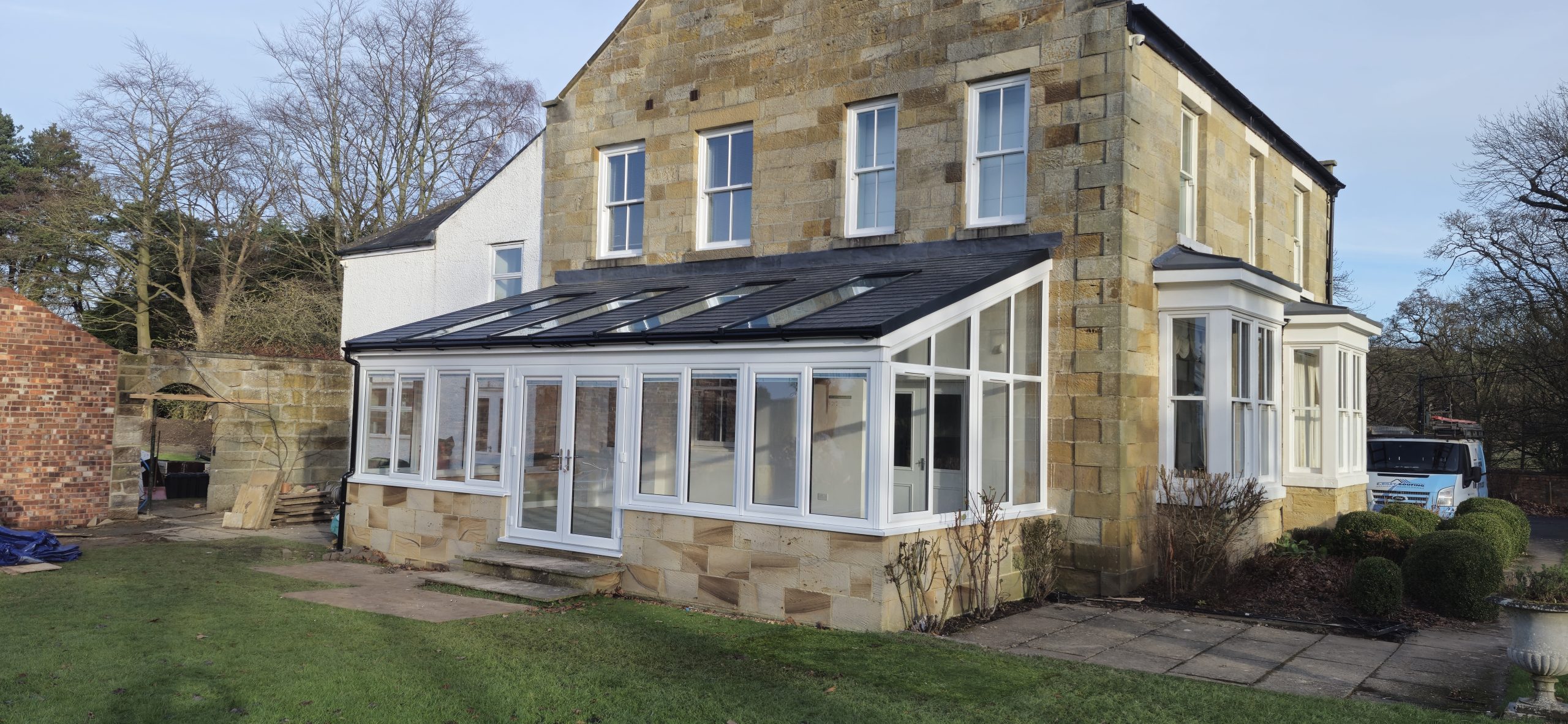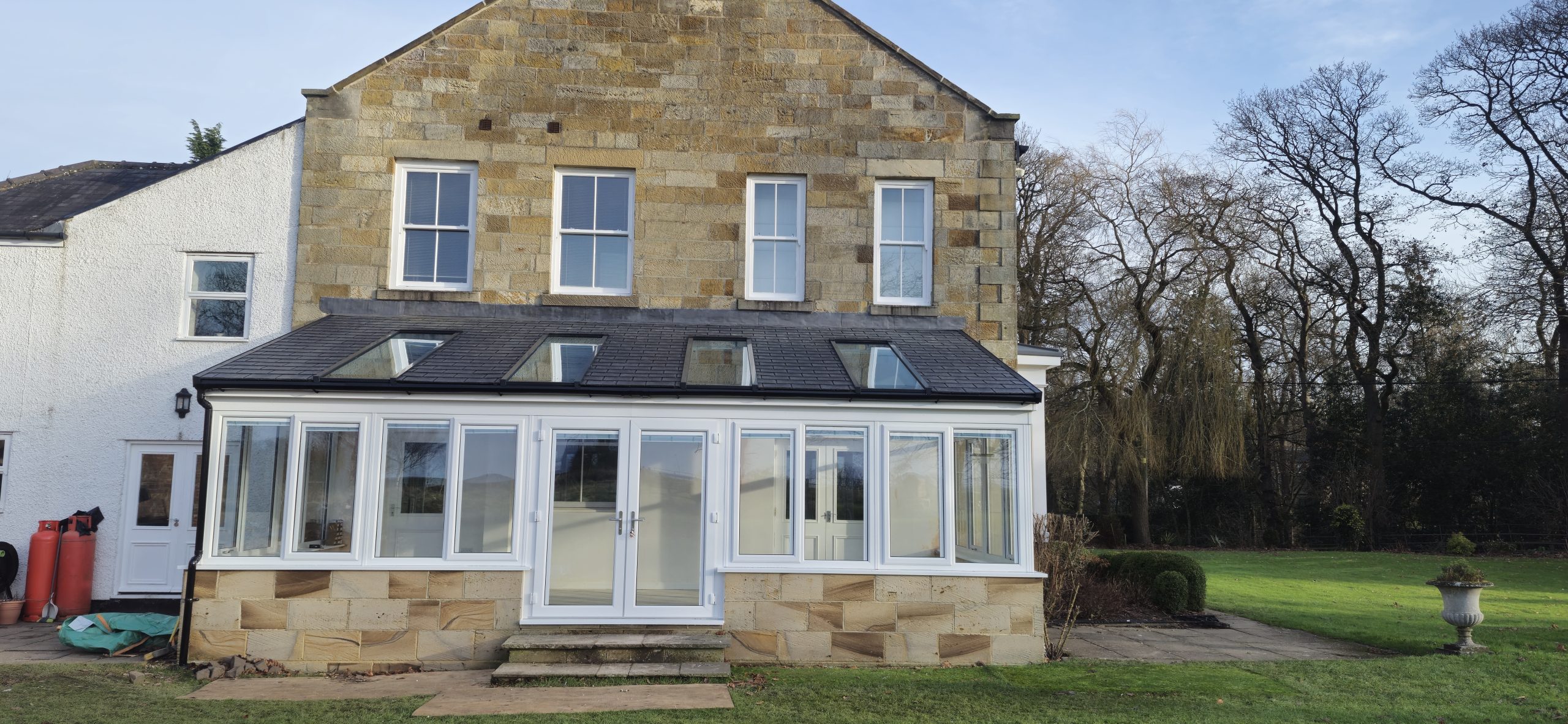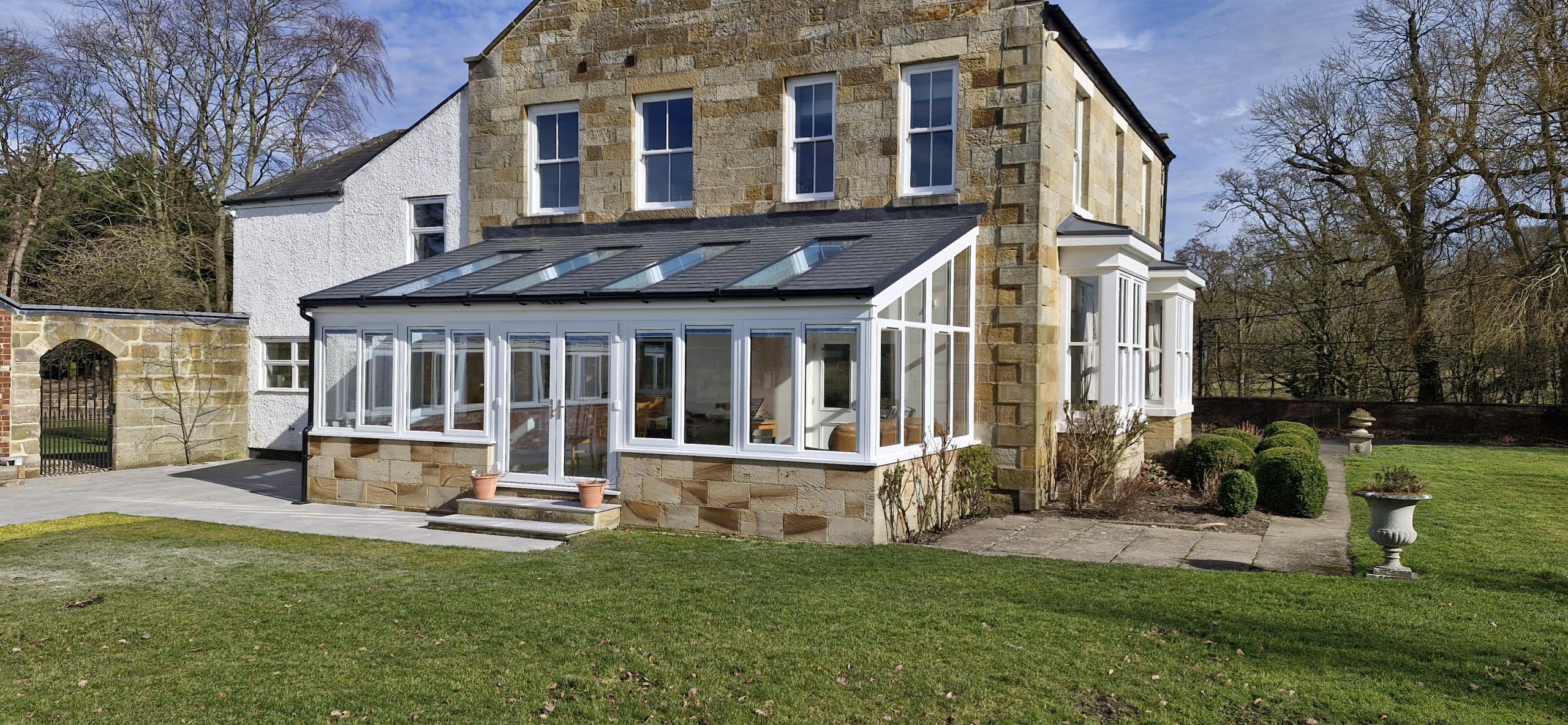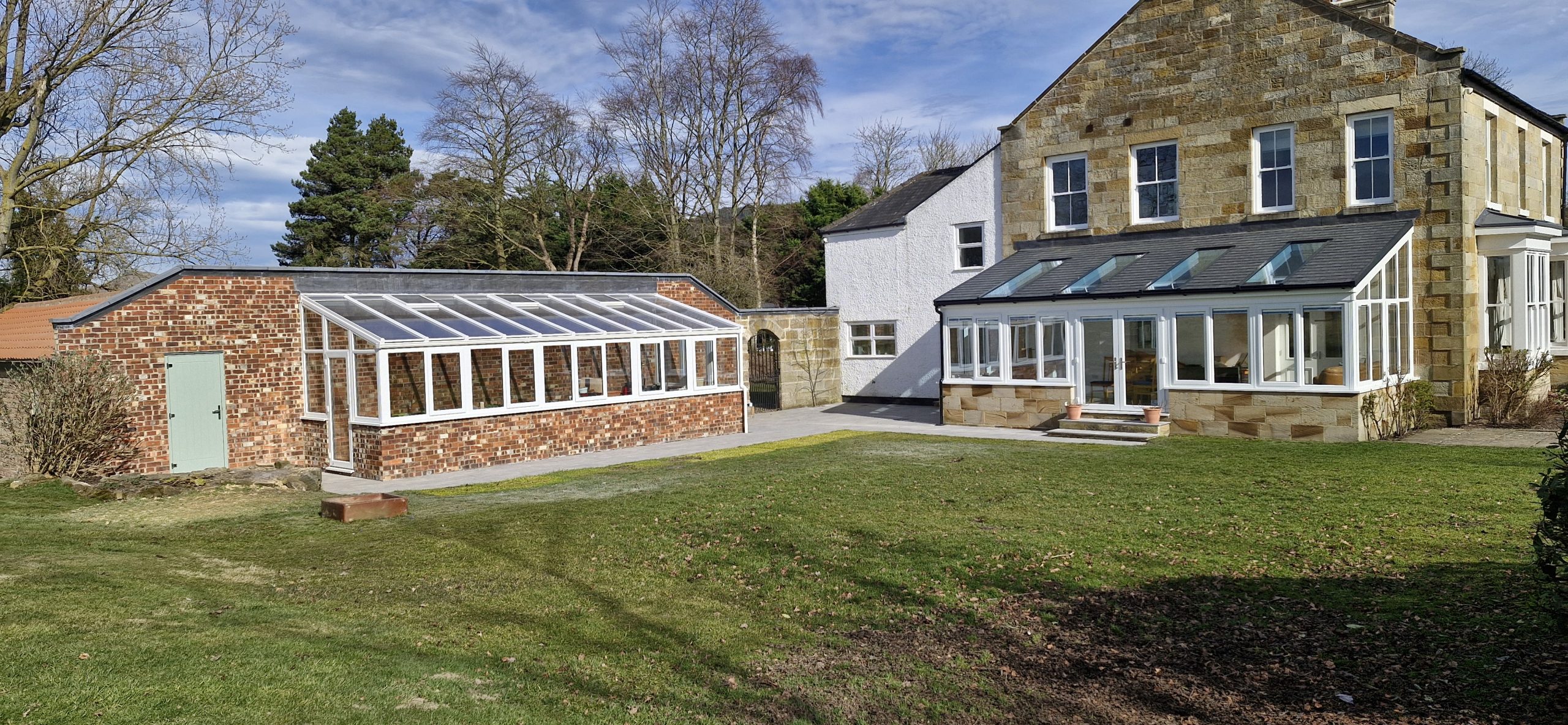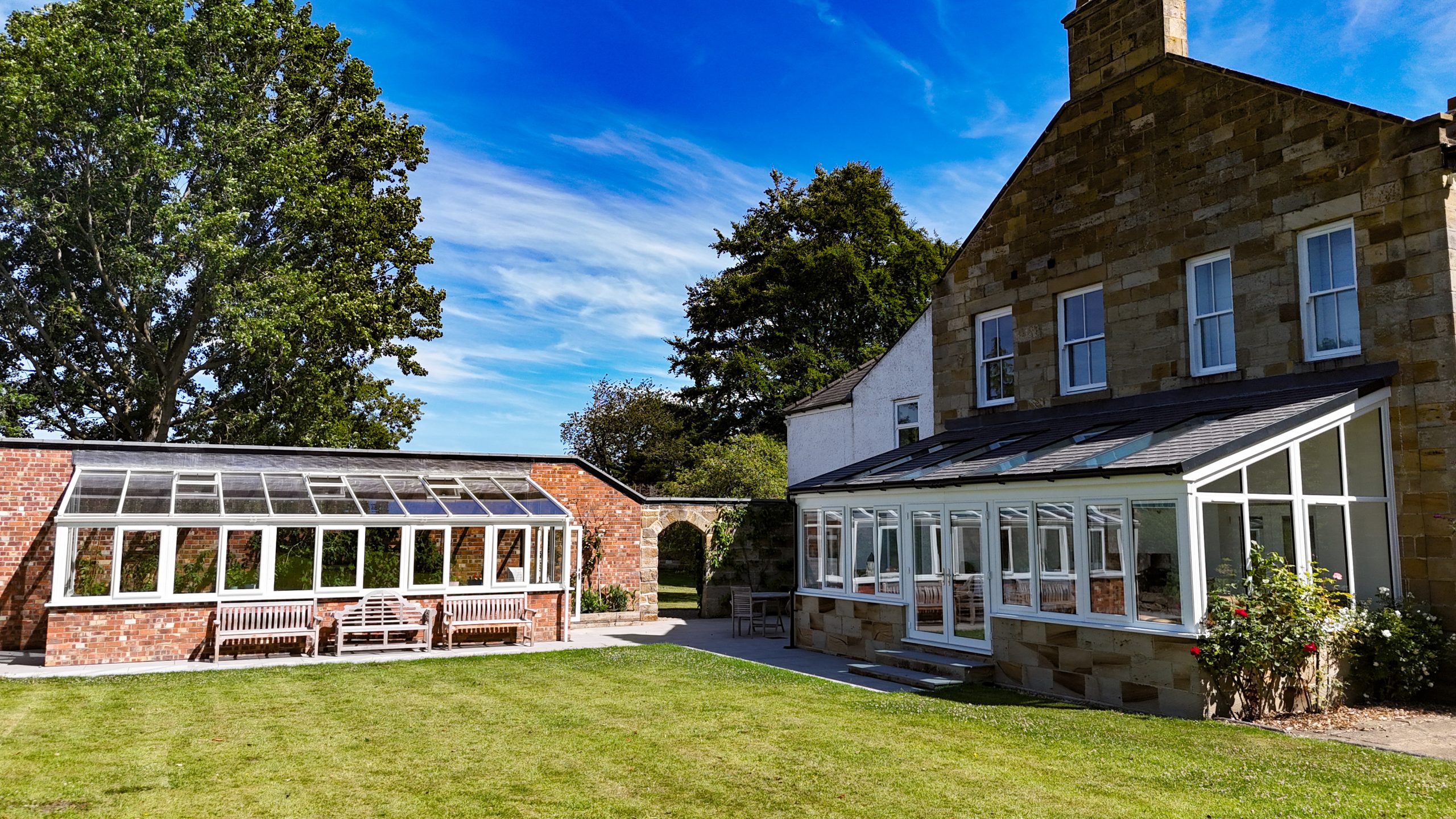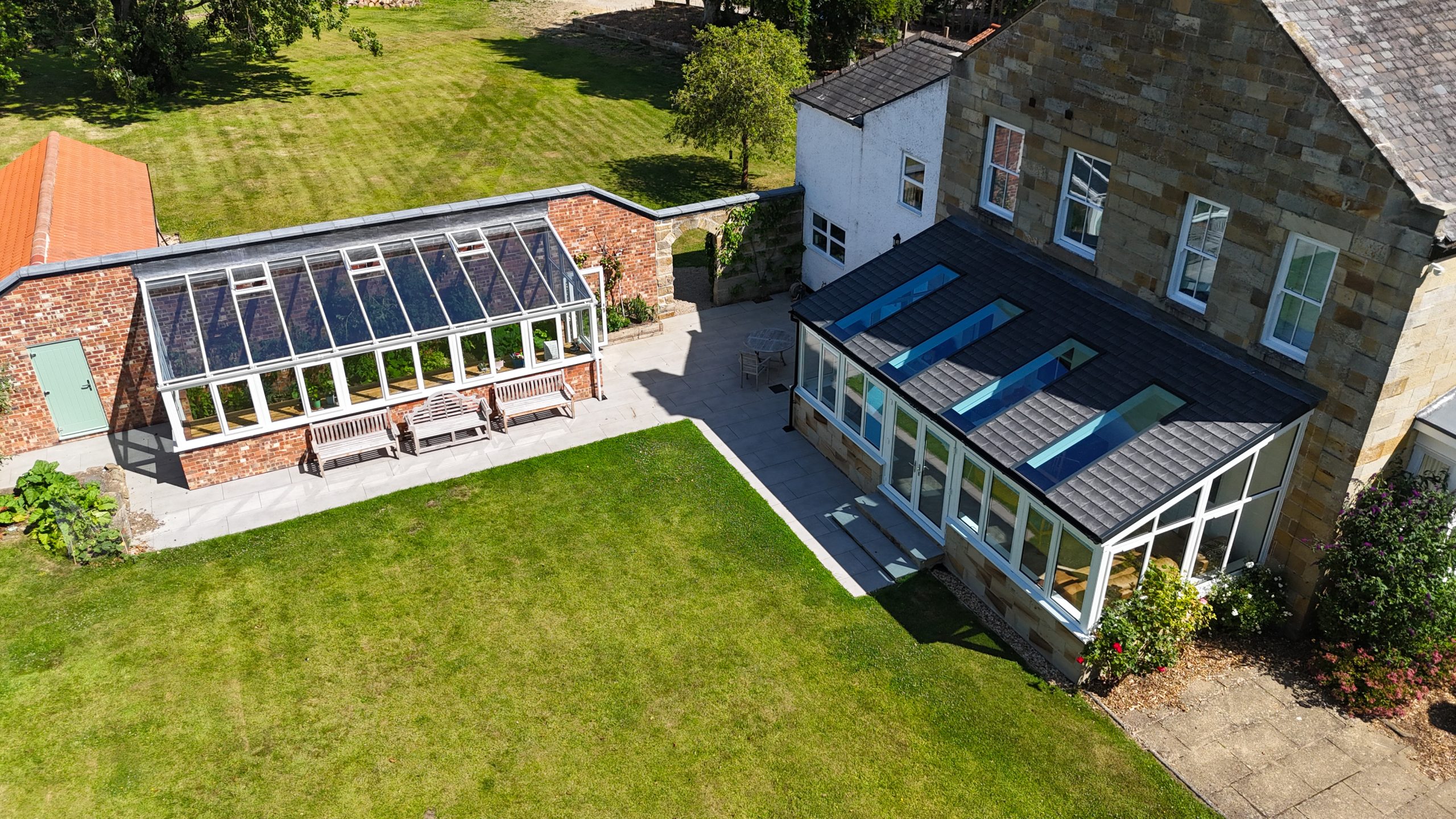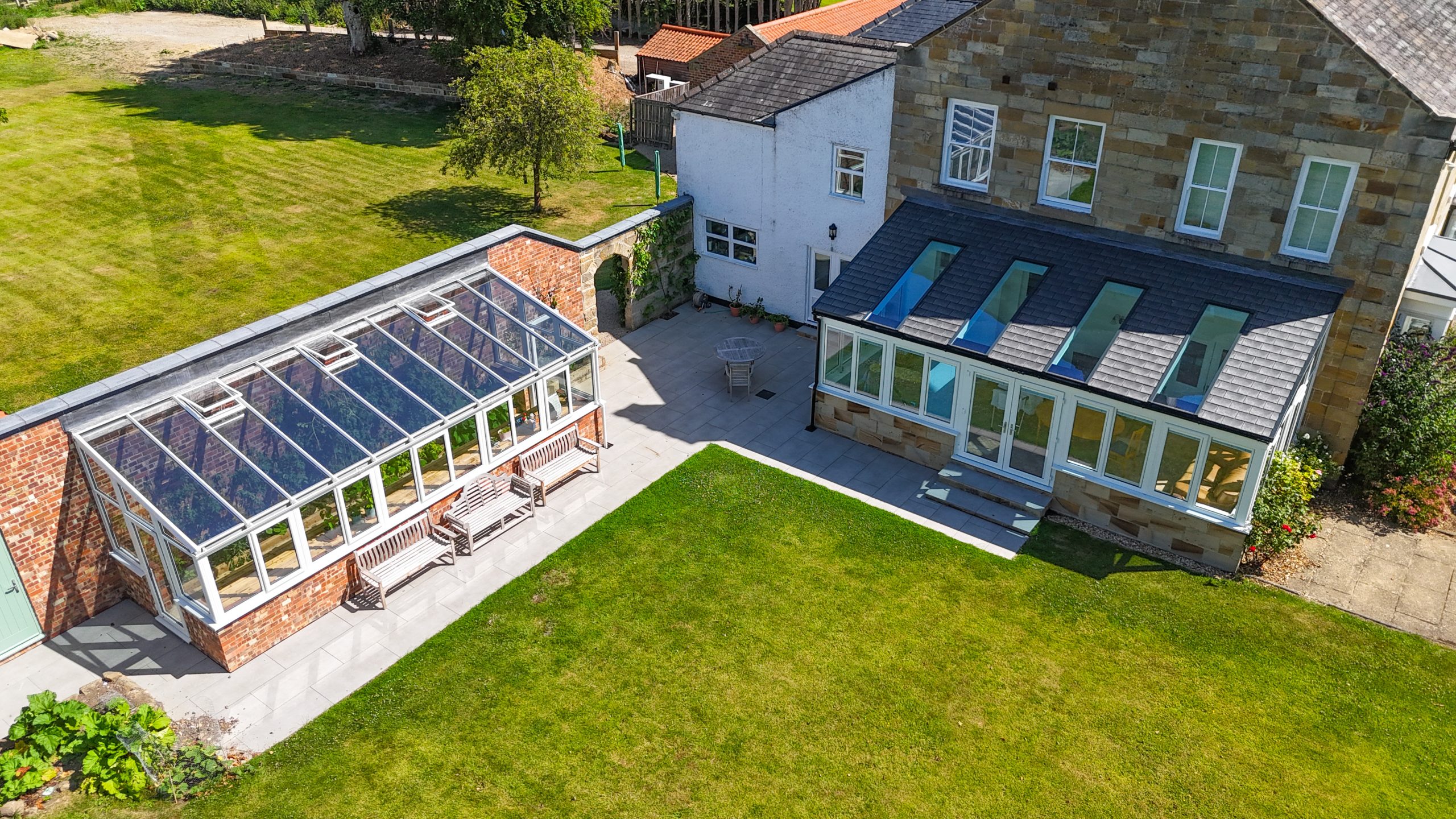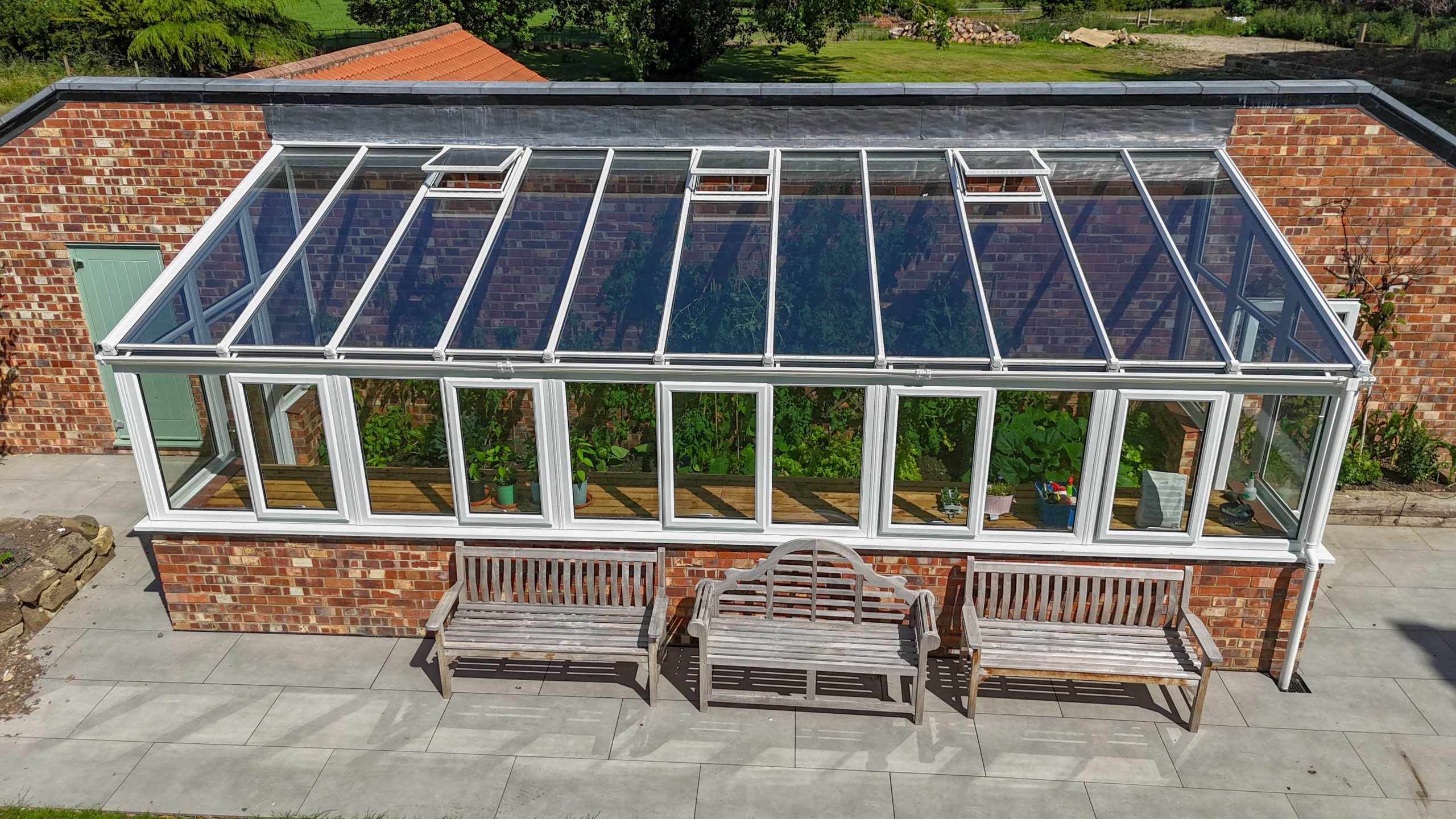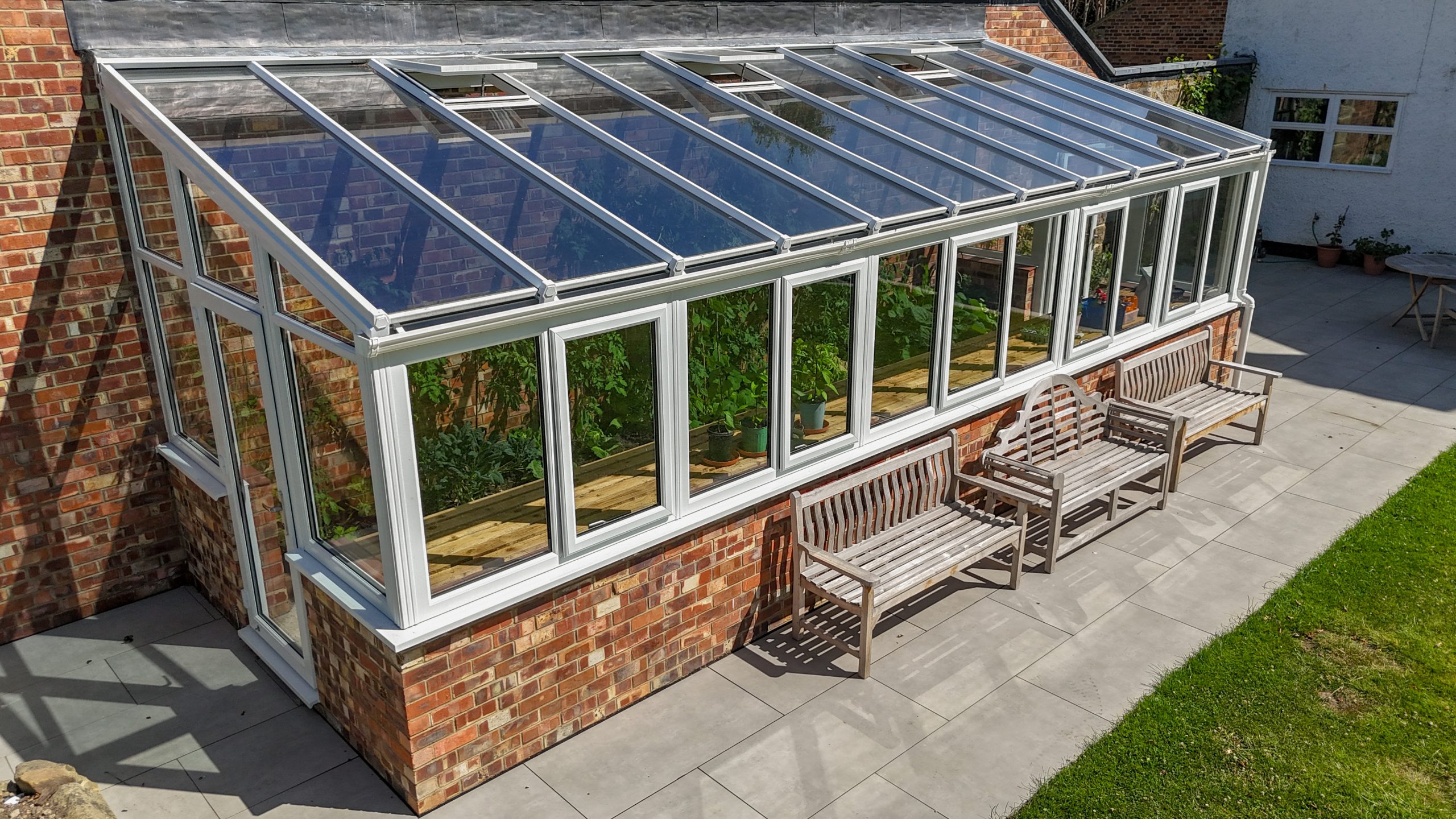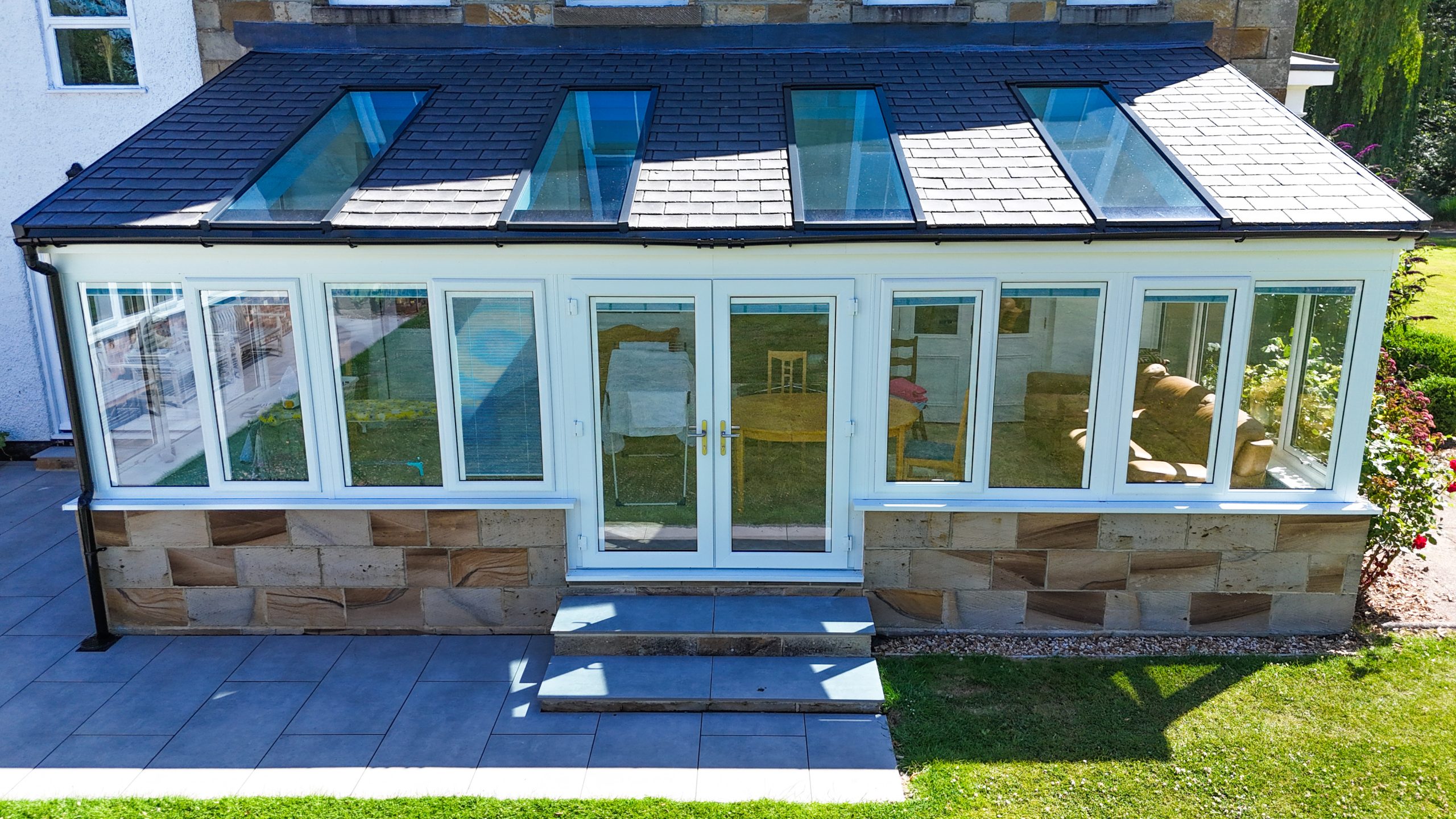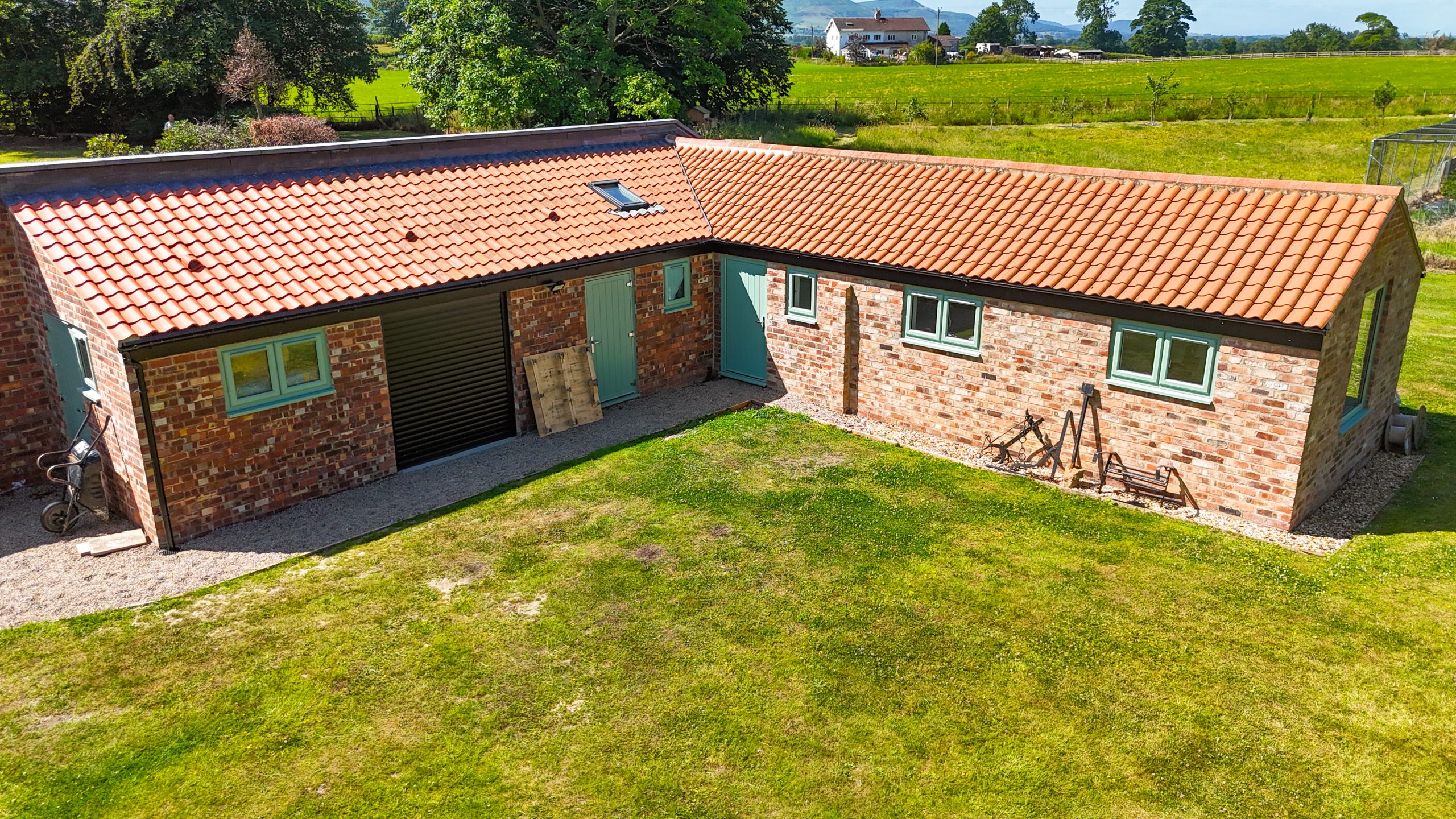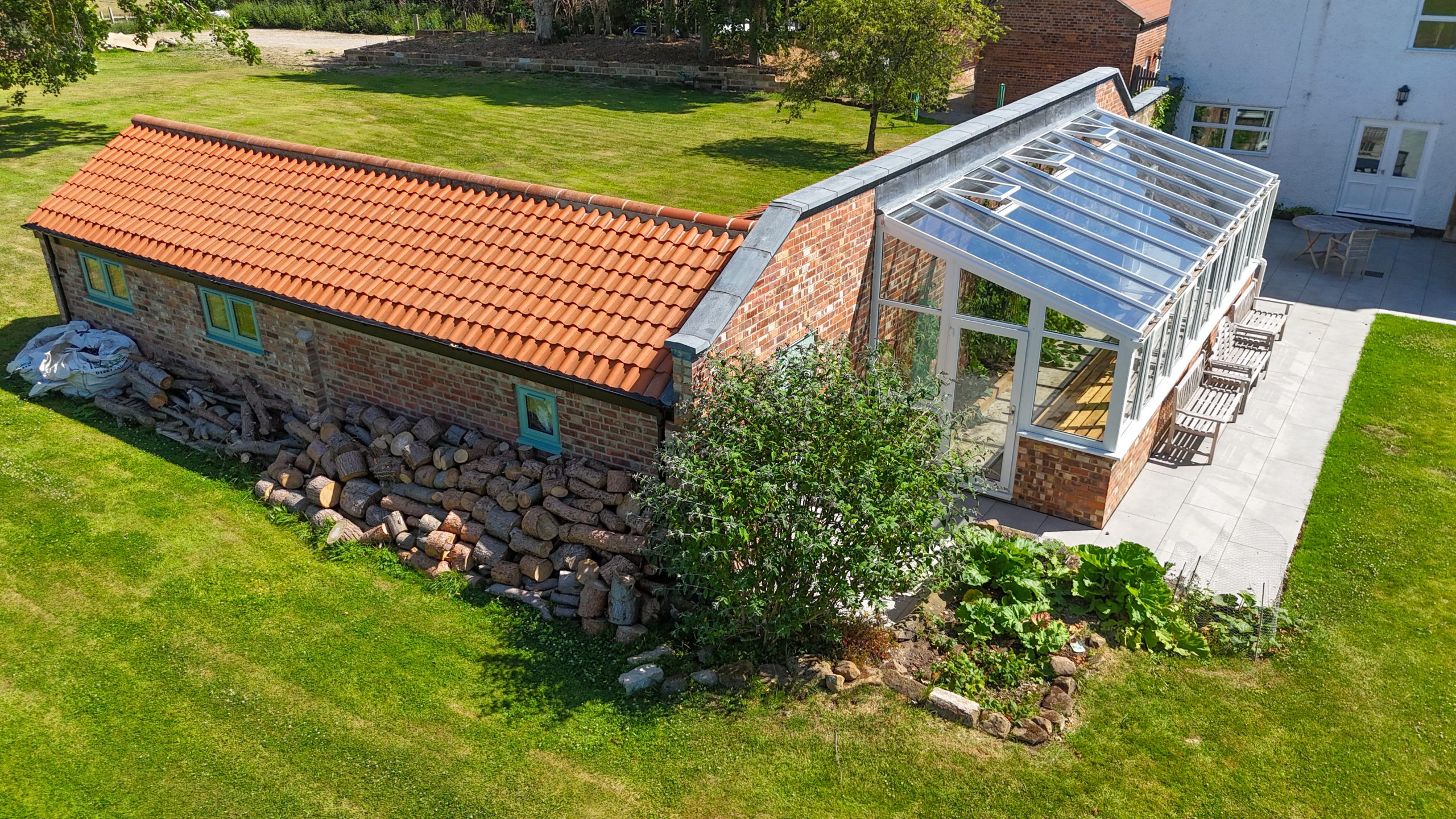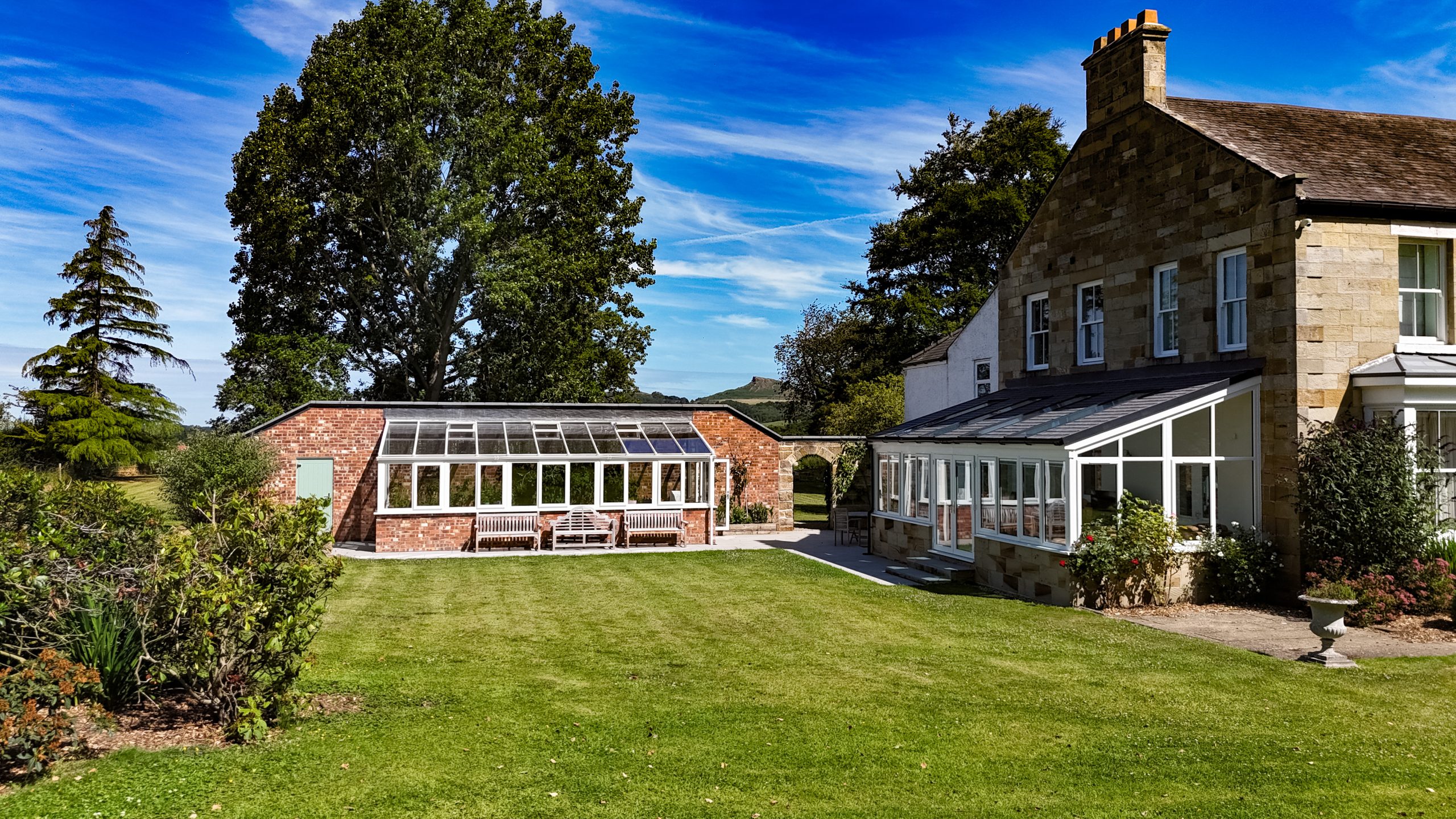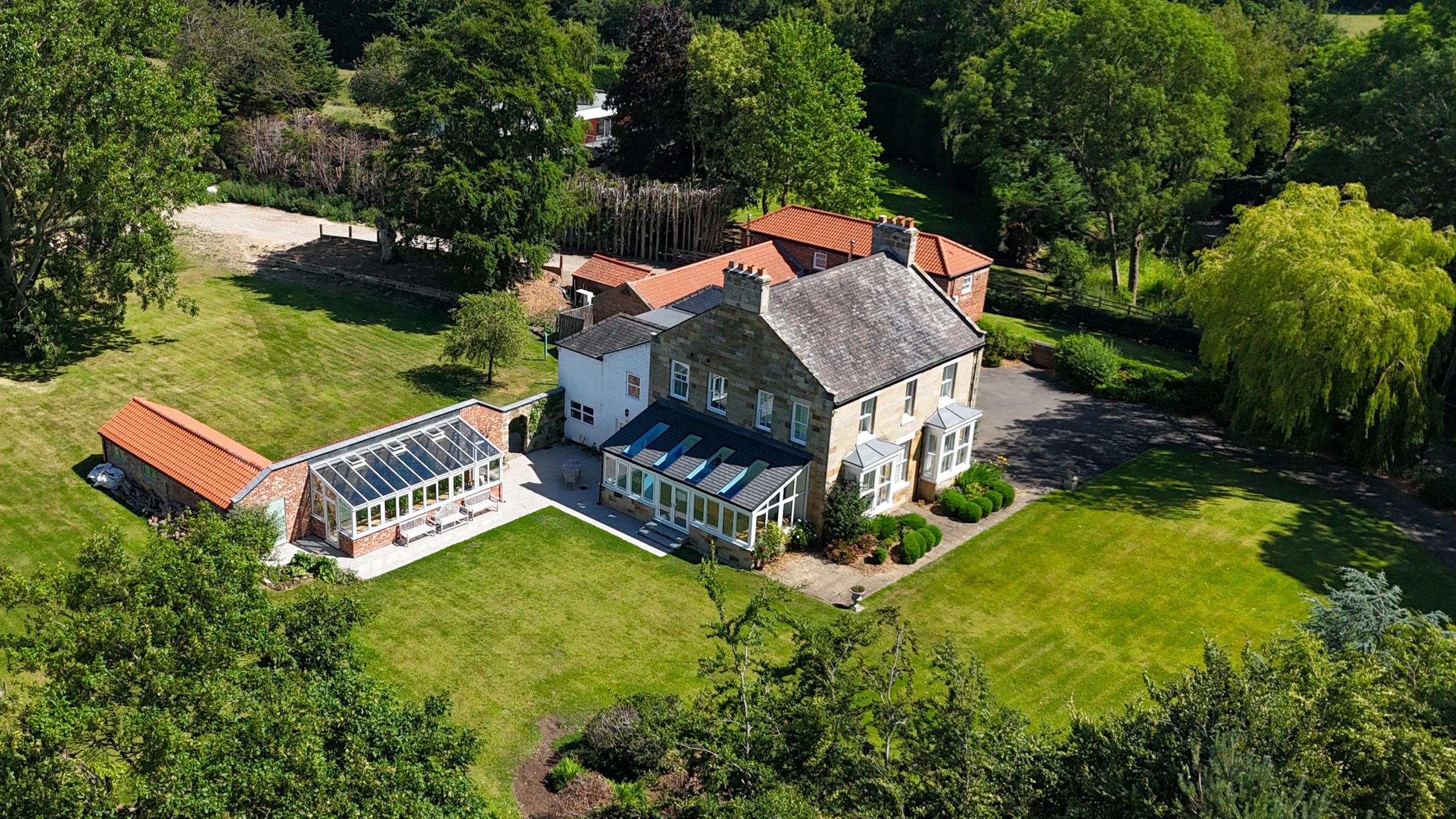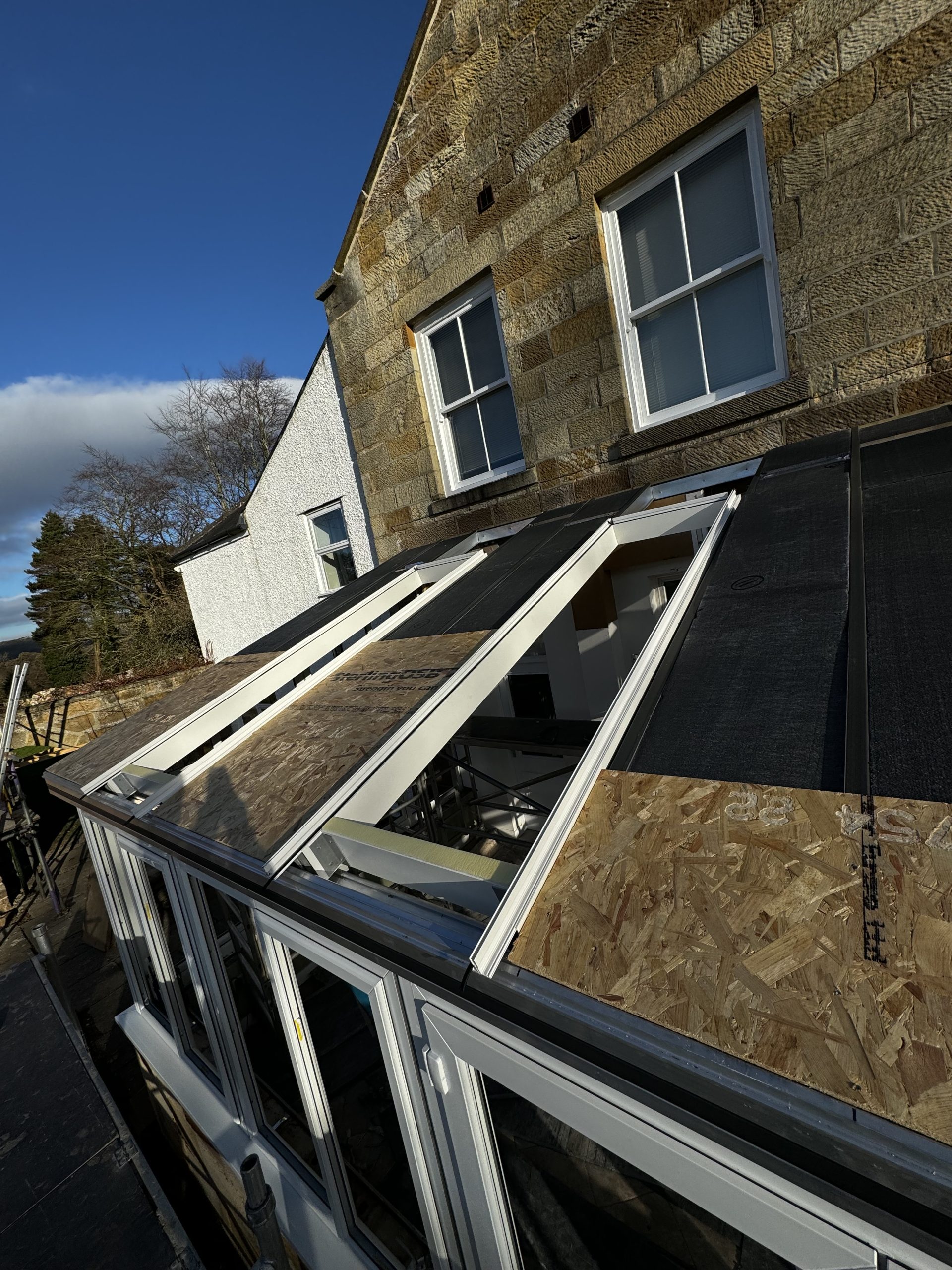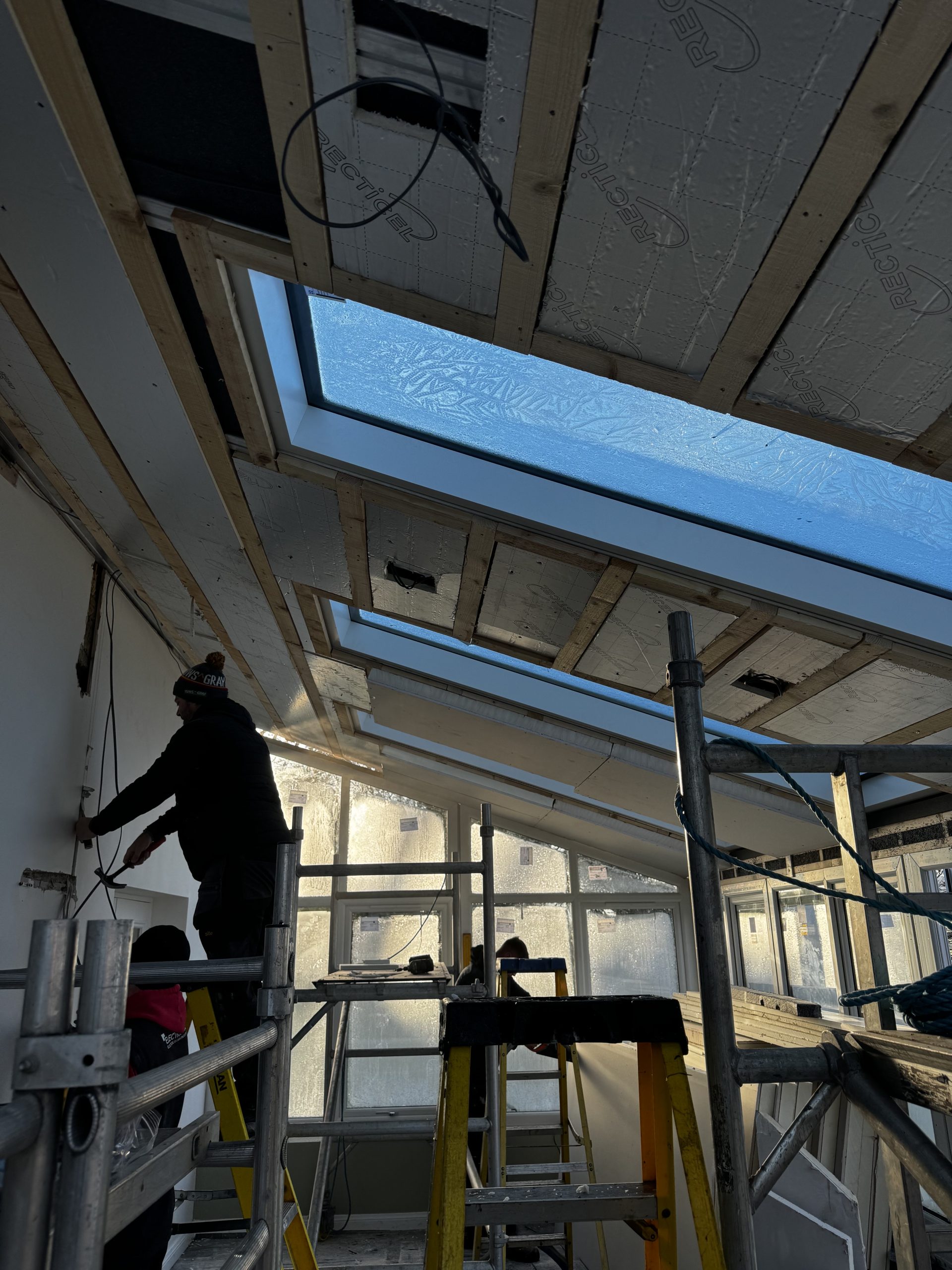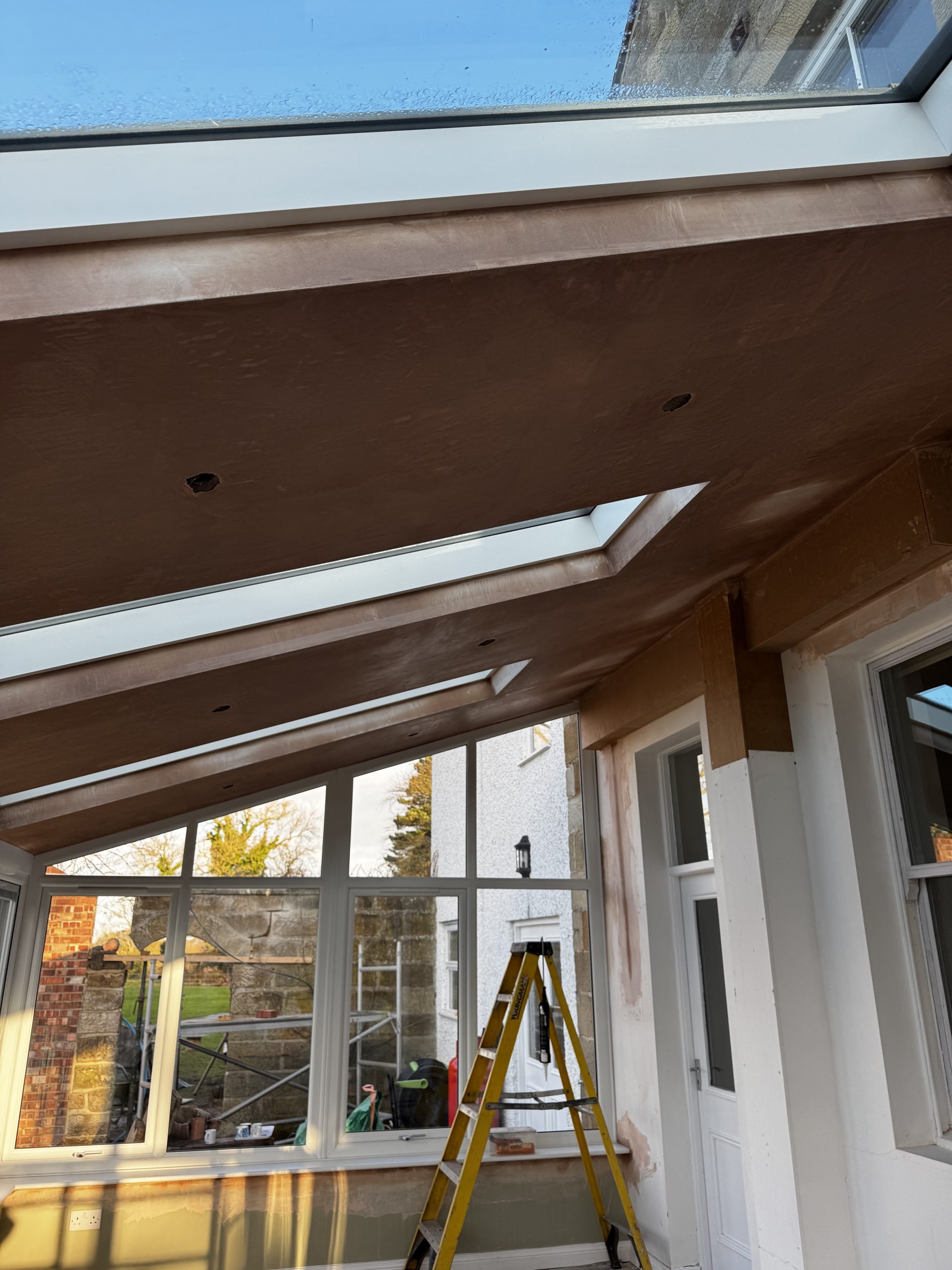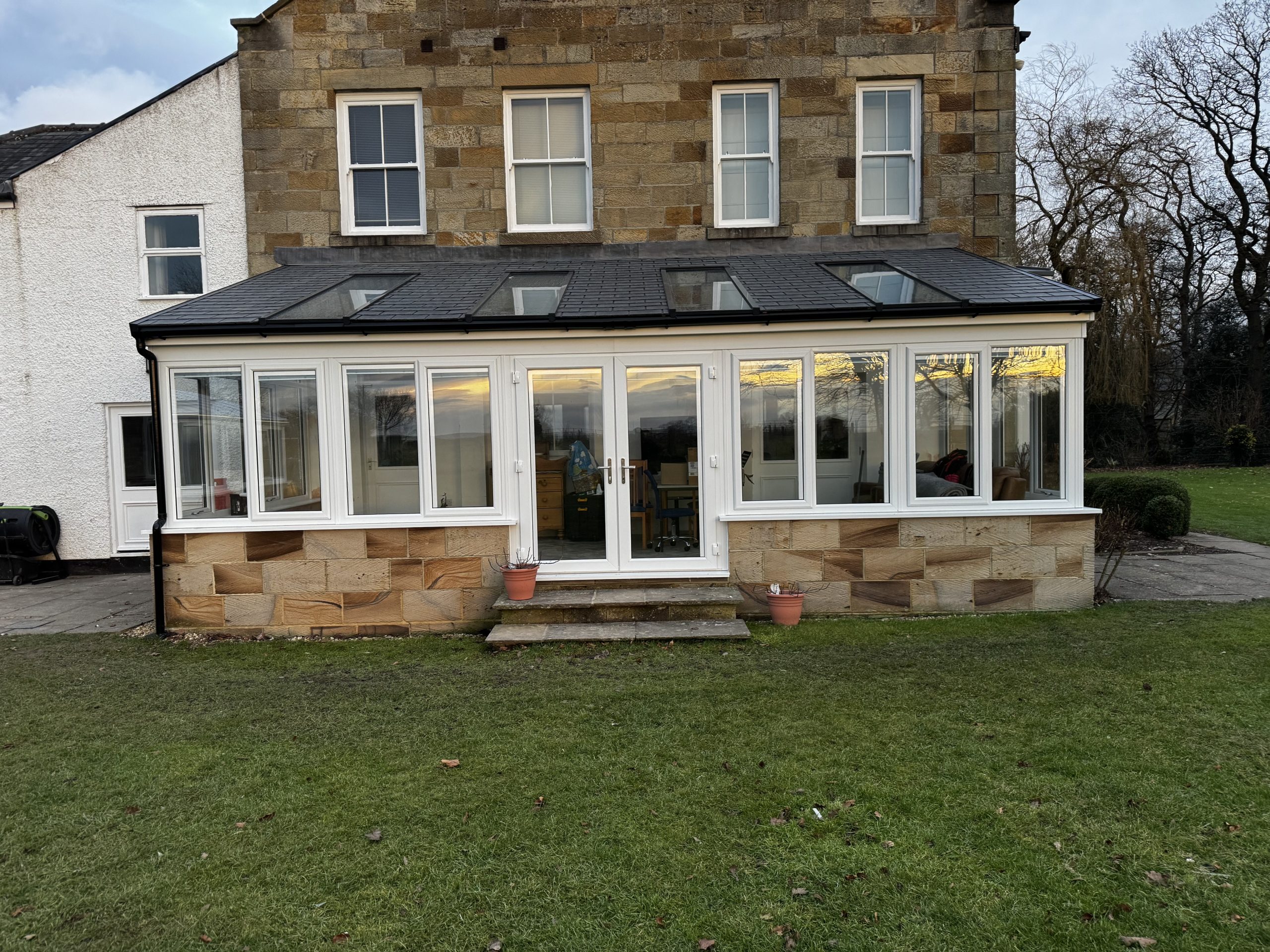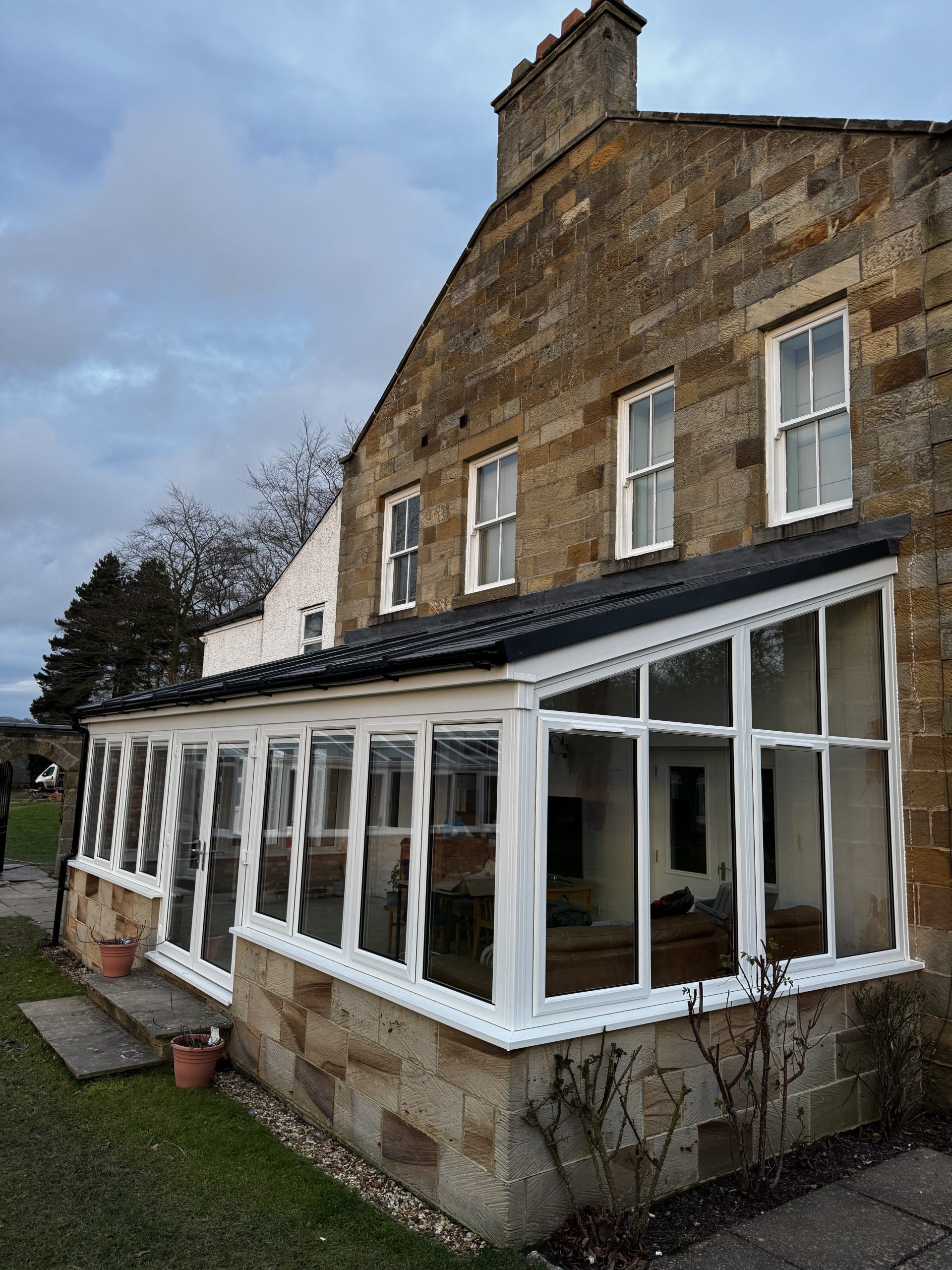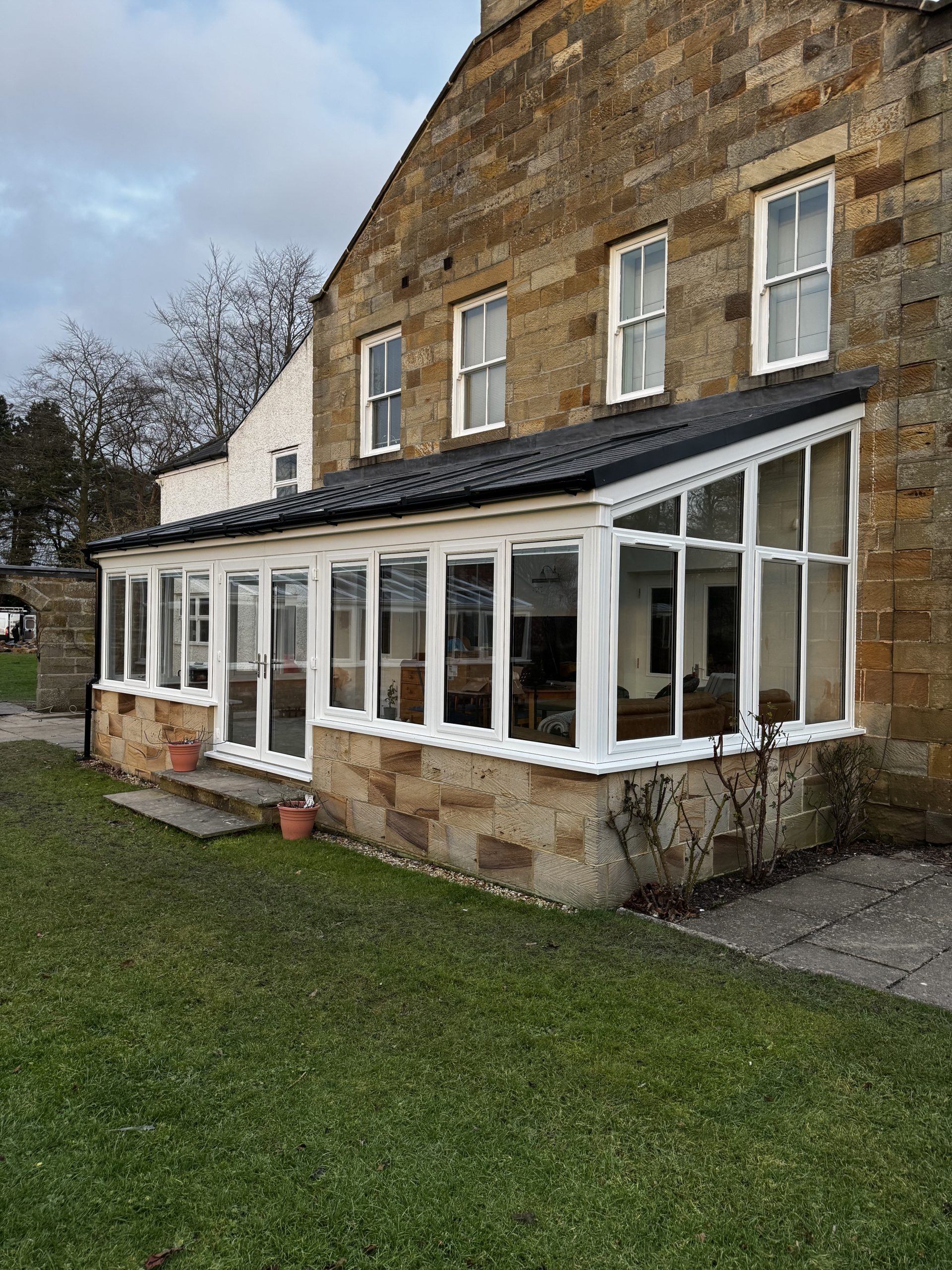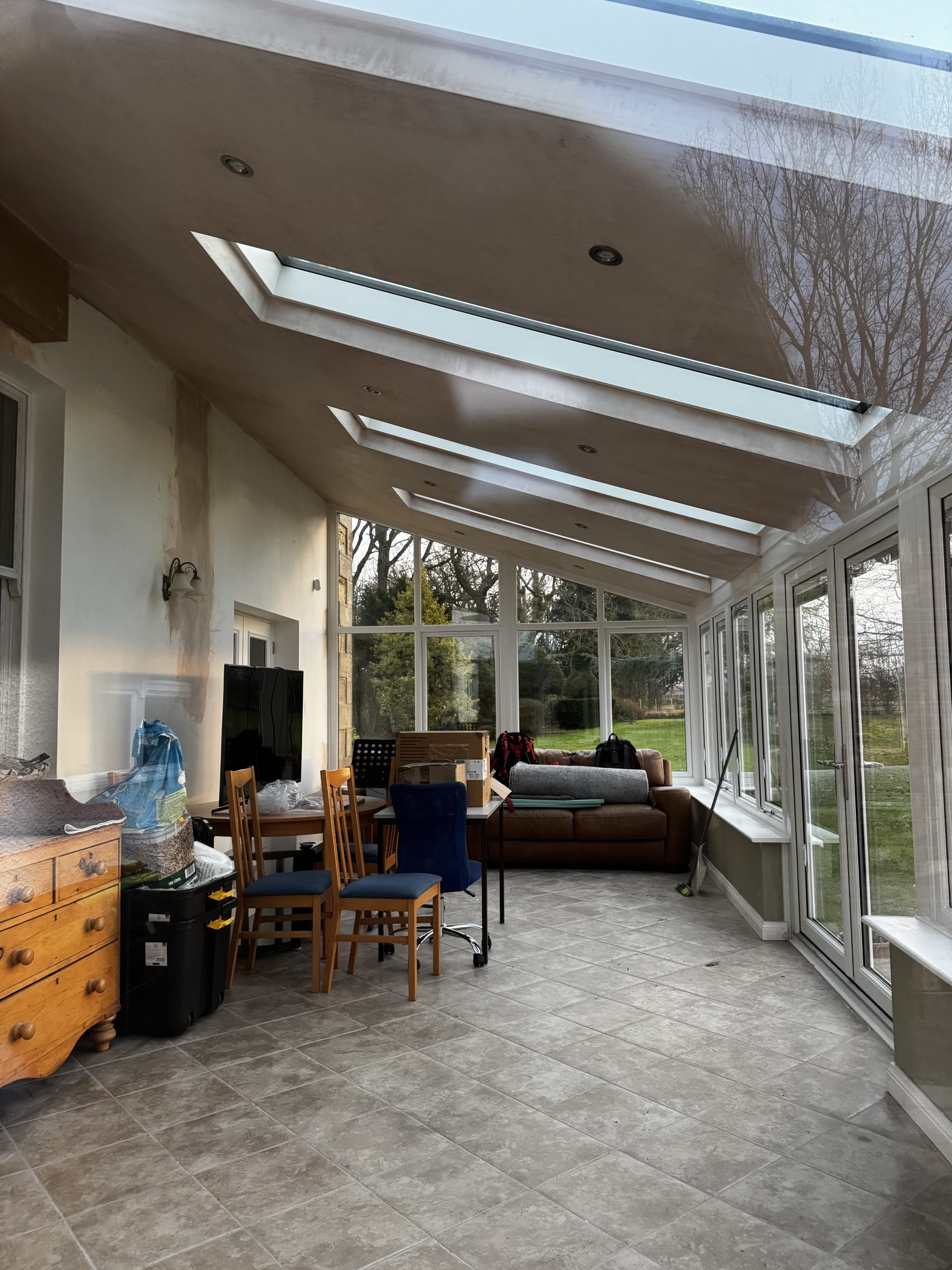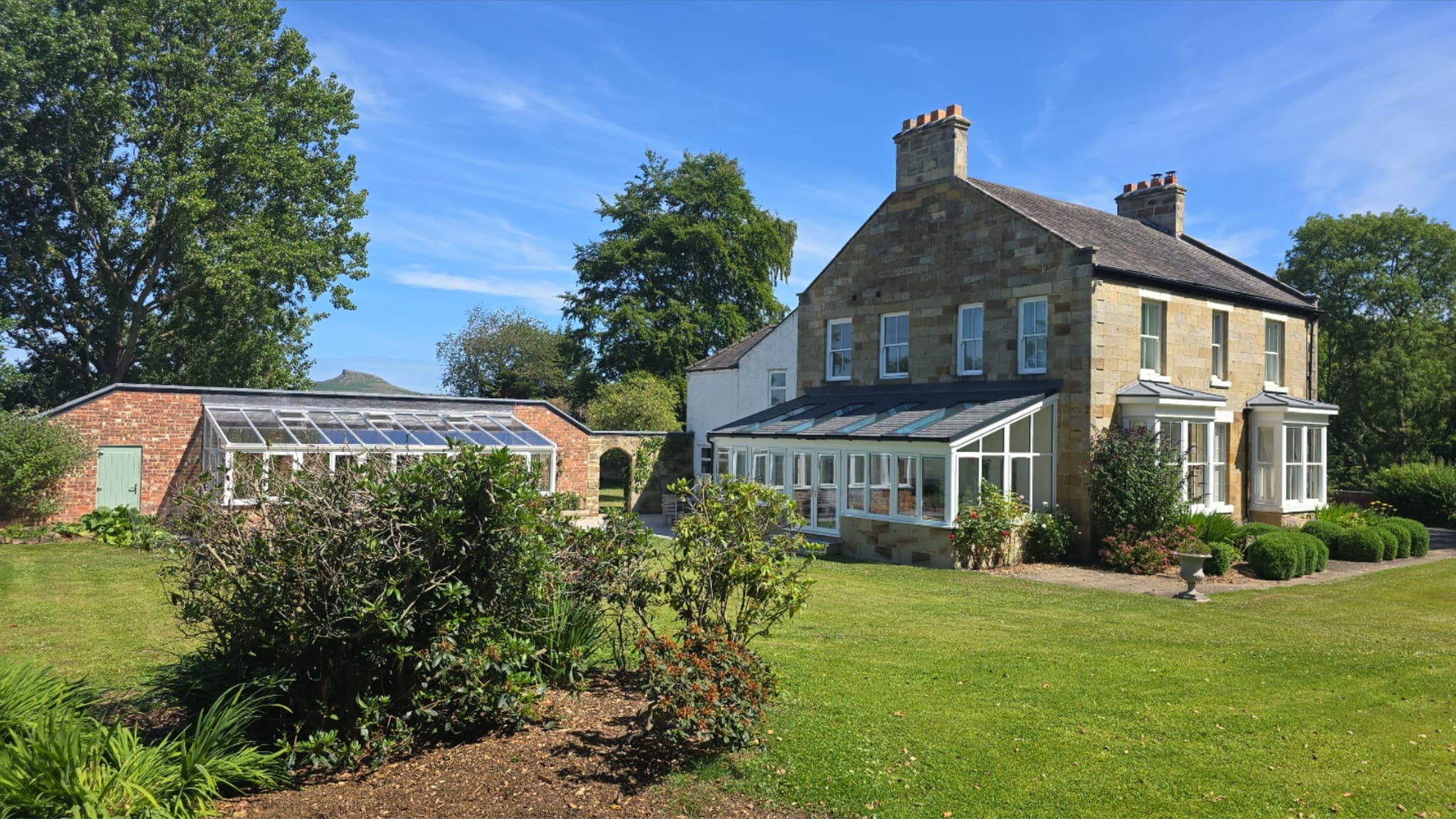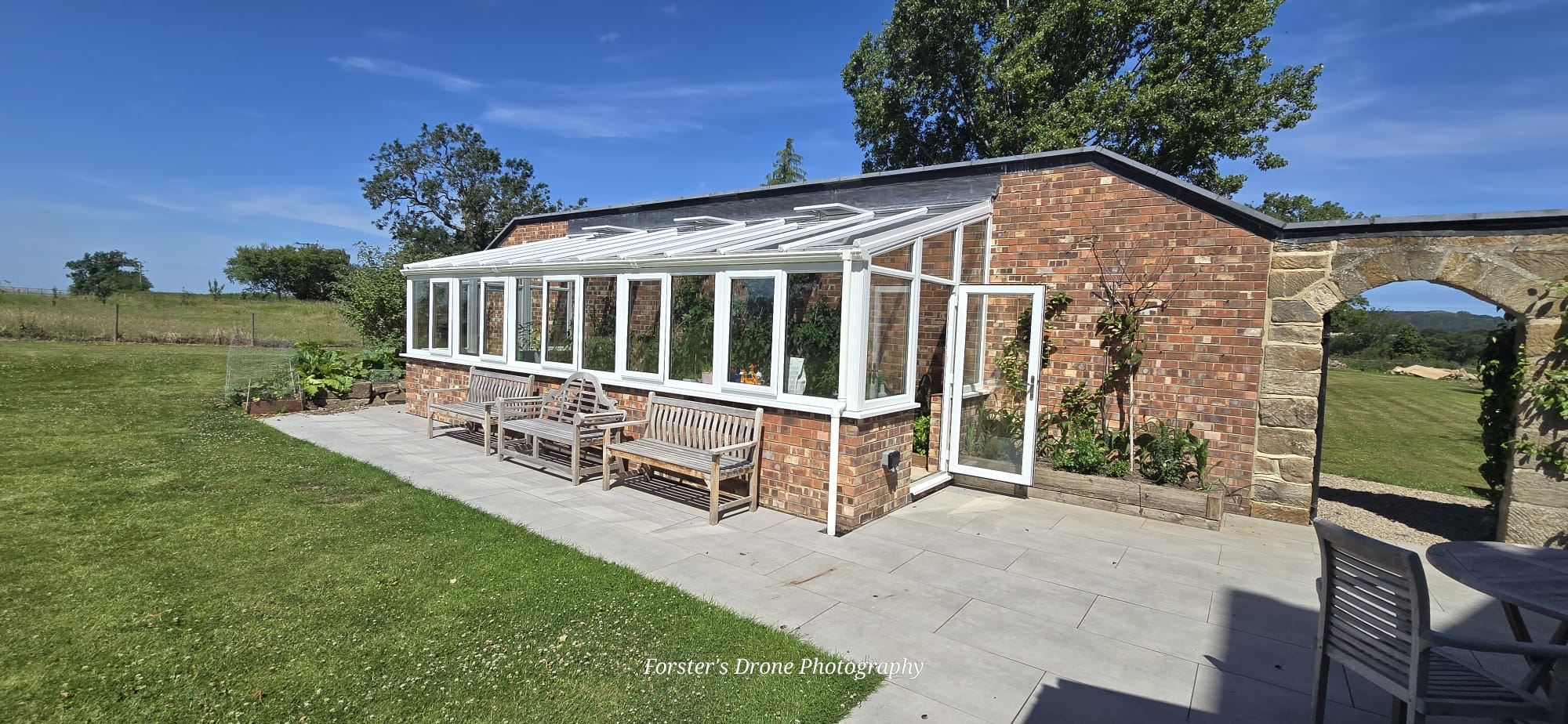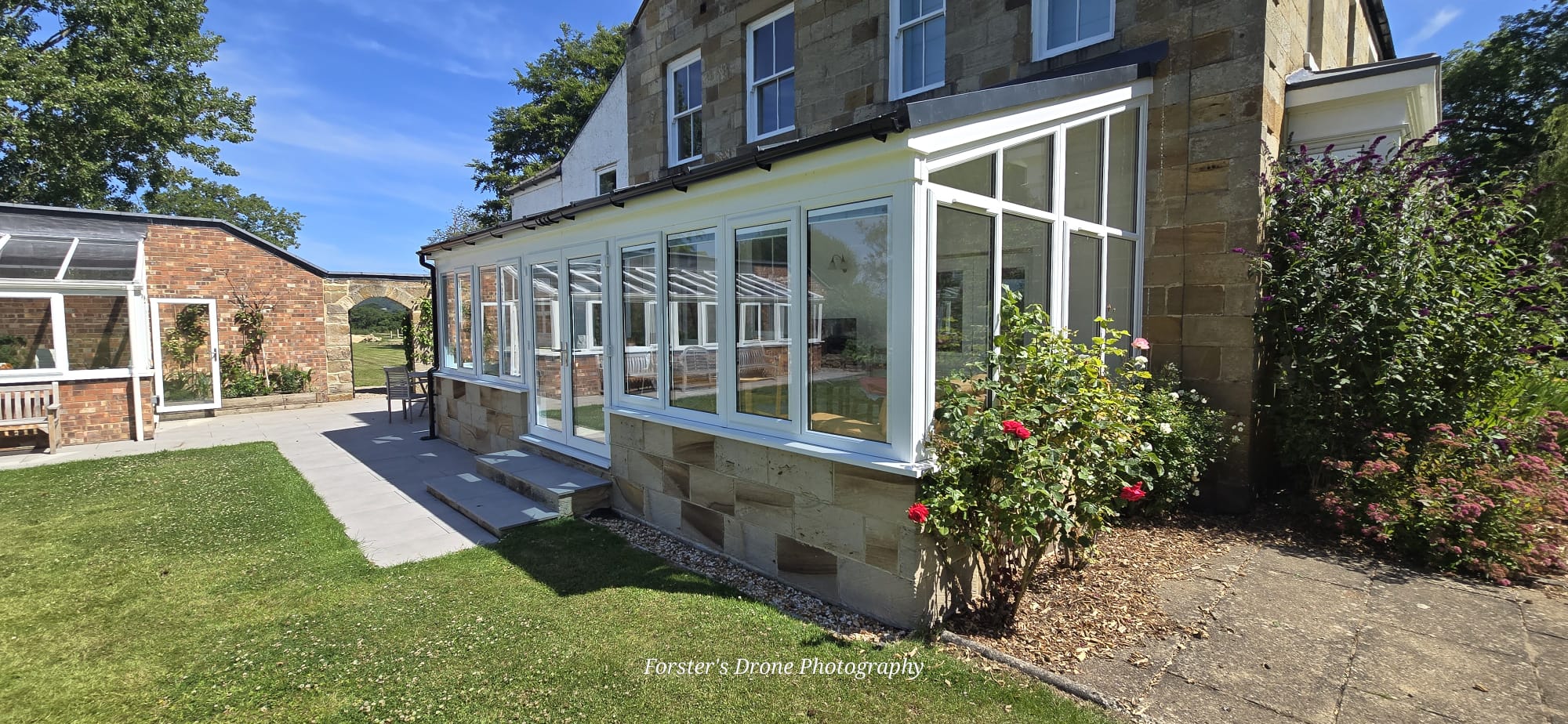PLANNING PERMISSION AND BUILDING REGULATIONS HANDLED BY A TEAM OF EXPERTS
- All work done for you
- No need for you to worry
- Get your home improvements approved
- Work will be done to your specifications
DO I NEED PLANNING PERMISSION?
When it comes to improving your home, there are some instances where planning permission isn’t required. However, for the likes of extensions, porches, orangeries and garden rooms, it may be necessary.
HOW CLEVELAND CONSERVATORIES CAN HELP
We’ve been helping homeowners throughout the North East enhance their residential properties since early 2000. All of the building services we offer are built to fully comply with building regulations and adhere to all your local planning rules. Our friendly and professional team will take care of all planning permission applications on your behalf, meaning that you don’t have to worry about a thing.
GALLERY
What You Need to Know
Putting it simply, planning permission is basically asking the local authorities whether or not you’re allowed to do a certain bit of building work. Unless the request is particularly complex or large, most planning applications are decided within 8 weeks. Once the decision has been made, your application will either be granted, granted but subject to certain conditions or refused. Planning applications have to be decided in line with the relevant local planning authority’s (LPA) development plan – unless there is a very good reason not to do so. When deciding whether a planning application is in line with its development plan, the LPA will consider the following:
- The number, size, layout, siting and external appearance of buildings
- The infrastructure available (e.g. roads and water supply) and proposed means of access
- Any landscaping requirements
- The proposed use of the development
- The likely impact on the surrounding area
The Decision Making Process
On receipt of a planning application, the LPA will first check the application to determine whether it’s complete. Once an application has been validated and registered, the LPA will then publicise and consult on it. You will then know whether it has been granted or refused by receiving a letter. A valid application consists of:
- Information requested on the standard application form
- Mandatory national information requirements, including a design and access statement if one is required
- The information specified on an LPA’s local list

